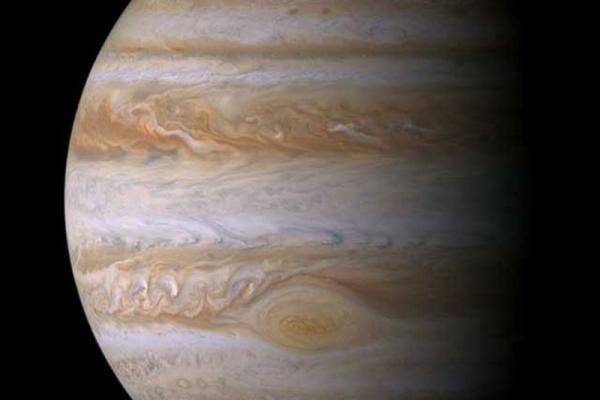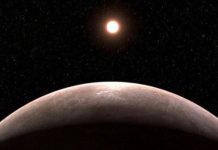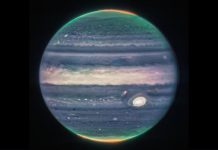
SANTIAGO, Chile, March 15 (UPI) — Astronomers have identified four new exoplanets circling stars more massive than the sun. The giants range in size from 2.4 to 5.5 times the mass of Jupiter, with orbital periods ranging from two to four years.
Scientists found the planets among stellar observations collected by pair of telescopes in Chile. The data were confirmed using a telescope in Australia.
Periodic signal variations were identified in the light of four giant stars, HIP8541, HIP74890, HIP84056 and HIP95124. None of the signals could be explained by stellar phenomena and were determined to be evidence of planetary companions.
All of the new exoplanets are several times larger than Jupiter and orbit stars approximately two times the size of our sun.
The discovery confirms a trend in the broader search for alien worlds — metal-rich stars are statistically more likely to host planets.
“We also present a statistical analysis of the mass-metallicity correlations of the planet-hosting stars in our sample,” researchers wrote in their new study. “We show that the fraction of giant planets increases with the stellar mass in the range between 1 to 2.1 solar masses, despite the fact that planets are more easily detected around less massive stars.”






